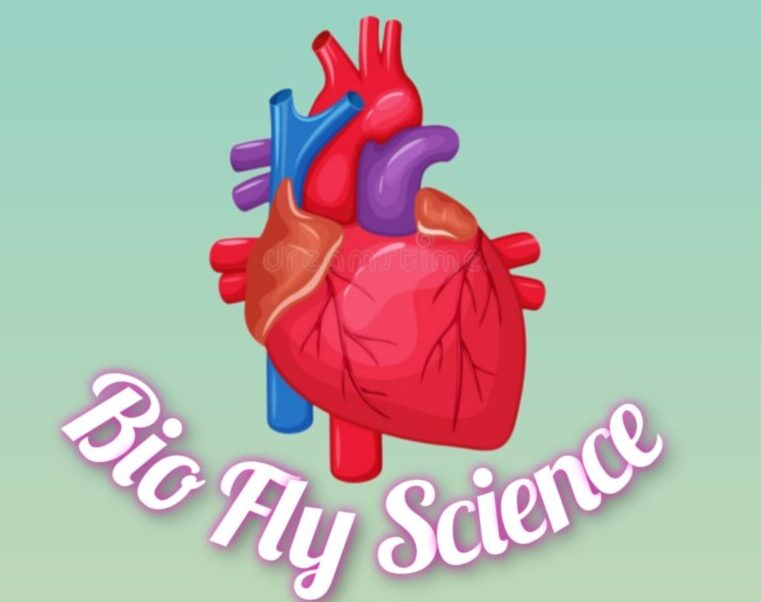Cnidaria is a phylum of aquatic animals that includes jellyfish, corals, and sea anemones. They have radial symmetry, a simple digestive cavity, and specialized stinging cells called cnidocytes for capturing prey and defense.
General Characters of Phylum Cnidaria:
1) Habitat: Mostly aquatic or marine habitat, solitary or colonial.
2) Symmetry: Body is radially symmetry.
3) Germ Layer: They are diploblastic animals made of outer epidermal (Ectoderm) and inner gastrodermis (endoderm) have less cellular mesoglea at the middle of them.
4) Organization: These species exhibit tissue level of organization.
5) Coelom: They have no coelom i.e. they are acoelomate animals.
6) Coelenteron: Body has mouth at the oral end, leads into a spacious cavity called coelenteron or gastrovascular cavity.
7) Nematocyst: Nematocyst or stinging cell present in Cnidoblast cell or Cnidocytes near tentacles used for offense and defence.
8) Forms of Life: Two different body forms may exist the ‘Medusa’ (Sexual) adapted for pelagic existence & the ‘Polyp’ (asexual) adapted for benthic existence.
9) Digestion: Digestion of these species are intracellular & extracellular.
10) Reproduction: Reproduction done by Asexual (external budding) ; Sexual (gamate formation-Syngamy)
11) Respiration & Excretion: They respirate & excrete through simple diffusion.
12) Tentacles: Presence of long, hollow structure called tentacles used for locomotion and food capture.
13) Life Cycle: Metagenesis, Polymorphism seen in those species.
14) Larva: Planula larva seen between Medusa and Polyp.
Example: Hydra vulgaris (Hydra); Aurelia aurita (Jelly fish); Adamsia [Sea-anemone (Polyp)]; Meandrina sp. (Brain Coral); Physalia sp. (Portugese man of war); Obelia sp. etc.
Classification of Phylum Cnidaria:
Phylum Cnidaria classified into 4 Classes:
- Hydrozoa (Water animal)
- Scyphozoa (Cup animal)
- Anthozoa (Flower animal)
- Cubozoa (Sea wasps)
1. Hydrozoa (Water animal)
1) Life Form: Exclusively ‘Polypoid’ or exclusively ‘ Medusoid’ or both forms in the life cycle.
2) Mesoglea: Acellular mesoglea present.
3) Gonad: Gonads are ectodermal in origin.
4) Cnidocytes: Cnidocytes are confirmed to the epidermal layer.
5) Velum: Presence of true velum in the body.
6) Habitat: Mostly marine, some freshwater species present.
7) Equilibrium: To maintain equilibrium they possess statocyst.
Example: Hydra vulgaris (Hydra); Obelia sp. ; Physalia sp.
2. Scyphozoa (Cup animal)
1) Life from: Medusoid farm is dominant in life cycle (umbrella shape).Polypoid form is rudimentary/insufficant.
2) Mesoglea: Cellular Mesoglea present.
3) Gonad: Gonads are endodermal in origin.
4) Tentacles: Endodermal gastric tentacles are present in the body.
5) Velum: They posses pseudo-velum.
6) Habitat: Entirely marine animals.
7) Equilibrium: To maintain equilibrium & they posses tentaculocyst.
Example: Aurelia aurita (Jelly fish) ; Cyanea sp.
3. Anthozoa (Flower animal)
1)Life Form: Exist only in the polypoid term of life.
2) Mesoglea: Cellular mesoglea present.
3) Gonad: Gonads are endodermal in origin.
4) Cnidoblast cell: Present in epidermal as well as gastro-dermal region.
5) Stomodium: Stomodium strongly developed.
6) Velum: Velum is absent in these species.
7) Habitat: All are marine lived in colonial form.
Example: Gorgonia sp. (Sea-fan); Pennatulla sp. (sea-pen).
4. Cubozoa (Sea wasps)
1) Life Form: Exist only Medusoid form of life with highly transparent cuboidal swimming bells.
2) Shape: Body is distinctly flattened to form four sides.
3) Velum: Presence of velum along the margin of medusa.
4) Symmetry: Tetramerous symmetrical body.
5) Nematocysts: Presence of virulent nematocysts in the tentacles.
Example: Chironex sp.; Chiropsalmus sp.

1 thought on “Phylum Cnidaria”